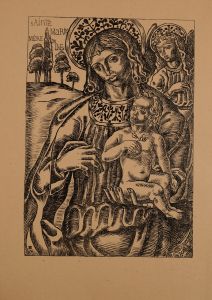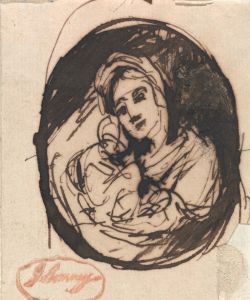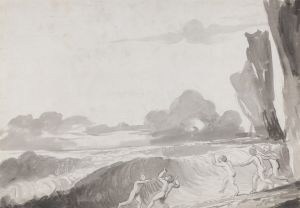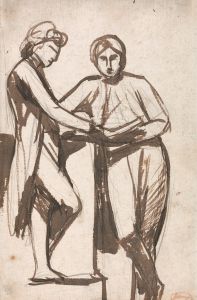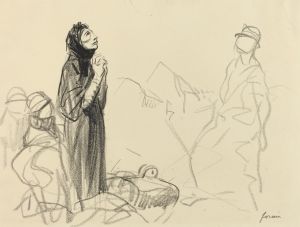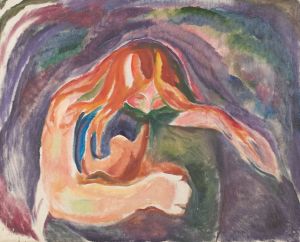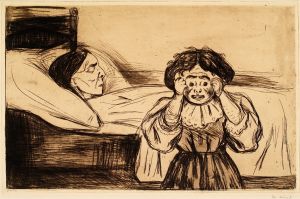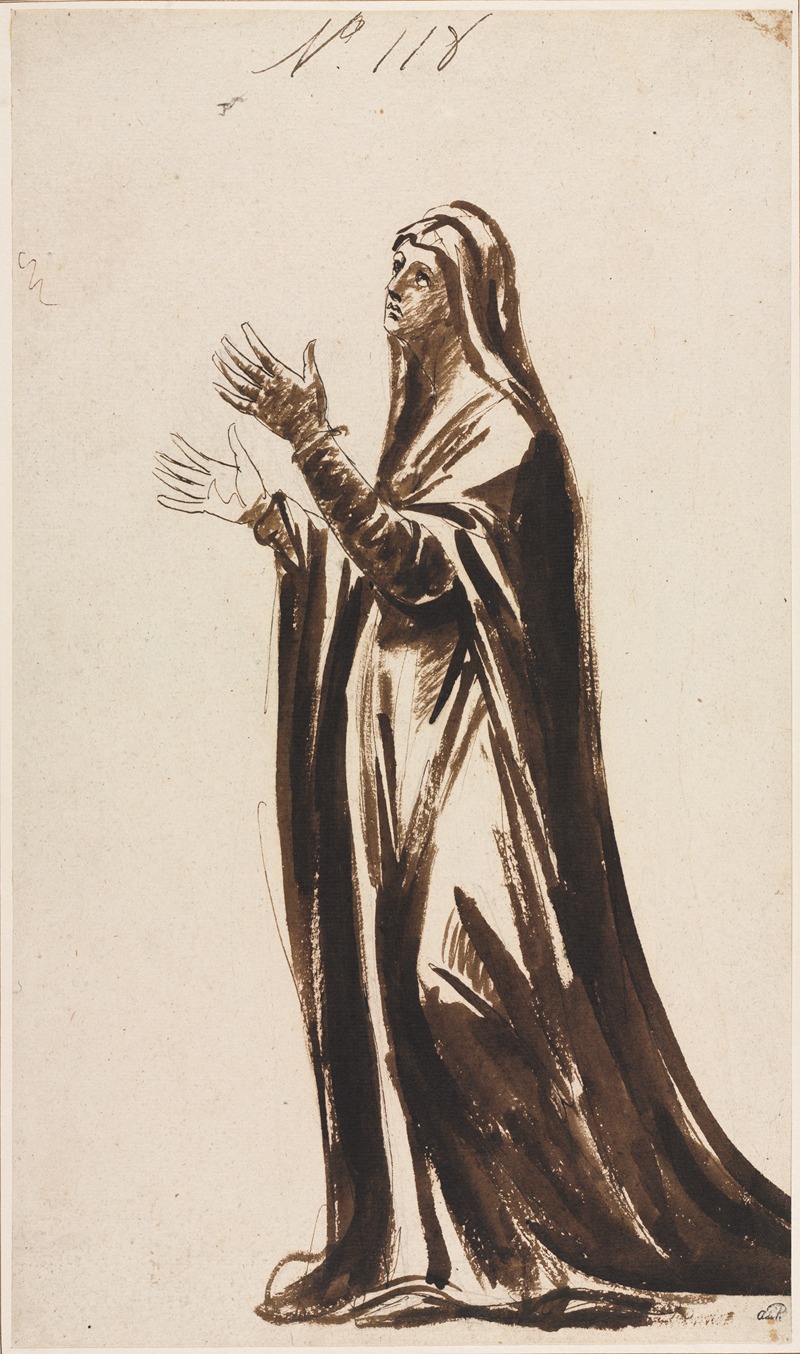
Mater Dolorosa
A hand-painted replica of George Romney’s masterpiece Mater Dolorosa, meticulously crafted by professional artists to capture the true essence of the original. Each piece is created with museum-quality canvas and rare mineral pigments, carefully painted by experienced artists with delicate brushstrokes and rich, layered colors to perfectly recreate the texture of the original artwork. Unlike machine-printed reproductions, this hand-painted version brings the painting to life, infused with the artist’s emotions and skill in every stroke. Whether for personal collection or home decoration, it instantly elevates the artistic atmosphere of any space.
"Mater Dolorosa" is a painting by the English artist George Romney, who was one of the leading portraitists of the late 18th century. The title "Mater Dolorosa" translates to "Sorrowful Mother" in Latin, a term often used to refer to the Virgin Mary in her aspect of mourning the death of her son, Jesus Christ. This theme has been a significant subject in Christian art, symbolizing deep sorrow and maternal grief.
George Romney was born on December 26, 1734, in Dalton-in-Furness, Lancashire, England, and he became renowned for his portraits of high society figures, including women, children, and notable personalities of his time. His style is characterized by a delicate and expressive use of light and shadow, as well as a keen ability to capture the emotional depth of his subjects.
"Mater Dolorosa" is believed to have been painted around the late 18th century, during a period when Romney was at the height of his artistic career. The painting depicts a sorrowful woman, often interpreted as the Virgin Mary, with a downcast gaze and a somber expression. The use of light in the painting highlights the woman's face, drawing attention to her emotional state and creating a poignant contrast with the darker background.
Romney's "Mater Dolorosa" stands out for its emotional intensity and the artist's skillful rendering of the subject's grief. The painting is a testament to Romney's ability to convey complex emotions through his art, making it a significant piece within his body of work.
Throughout his career, George Romney produced numerous portraits and historical paintings, but "Mater Dolorosa" remains one of his most evocative works. The painting reflects the broader artistic trends of the 18th century, where artists sought to explore and express human emotions in a more naturalistic and nuanced manner.
Romney's work was highly regarded during his lifetime, and he enjoyed considerable success and patronage. However, after his death on November 15, 1802, his reputation waned, only to be revived in the 20th century when art historians and collectors began to reappraise his contributions to English art.
Today, "Mater Dolorosa" is appreciated not only for its artistic merit but also for its emotional depth and historical significance. It serves as an example of George Romney's mastery in capturing the human condition and his ability to infuse his subjects with a profound sense of emotion and realism.
In summary, George Romney's "Mater Dolorosa" is a poignant and masterfully executed painting that exemplifies the artist's skill in portraying deep emotional states. It remains a significant work within the context of 18th-century English art and continues to be admired for its artistic and emotional impact.







